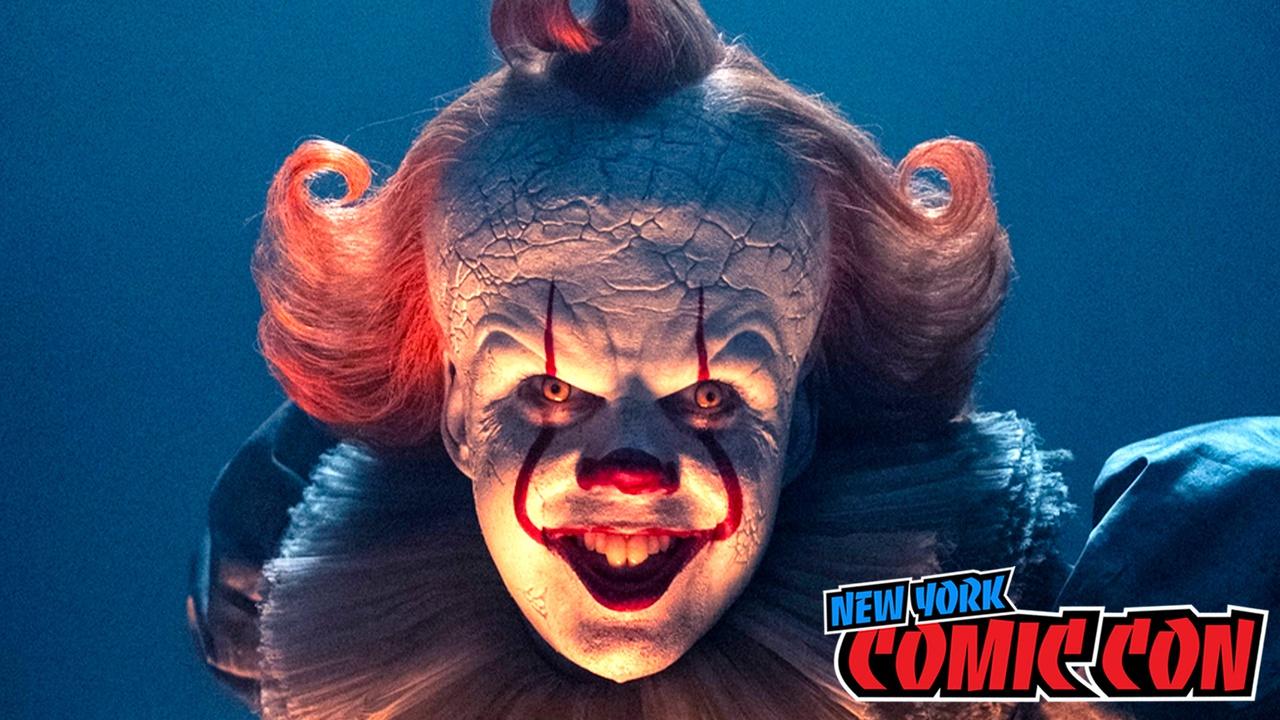
The cast and creatives behind It: Welcome to Derry lifted the lid on their new horror series at New York Comic-Con (NYCC) 2025. The new HBO Max series is a prequel to the massively successful It films directed by Andy Muschietti, which adapted the iconic horror novel written by Stephen King (and is just one of several adaptations of the author's work this year).
The Direct attended rountable interviews at NYCC, during which producers Andy and Barbara Muschietti and showrunners Jason Fuchs and Brad Caleb Kane joined their cast members Jovan Adepo (Leroy), Taylour Paige (Charlotte), Kimberly Guerrero (Rose), James Remar (Colonel Shaw), Stephen Rider (Hank), and Chris Chalk (Dick Halloran) to discuss the new atmosphere of fear provided by the show's 1962 setting and how they created a new level of terrifying nightmare sequences.
It and It: Chapter Two were both set in the fictional haunted town of Derry but are separated by 27 years, the time in which the sinister force that manifests itself as Pennywise the Dancing Clown becomes active. For Welcome to Derry, rather than go forward in time to try and tell an It: Chapter Three, the Muschietti's decided to go backwards and tell the story of Pennywise's active period 27 years before the first film, drawing on the interludes of King's novel and uncovering more of the entity's origins.
Andy Muschietti confirmed that the switch from film to television allowed them to "develop a closer emotional entanglement with the characters" and cover elements of It lore that couldn't be done justice in a two-hour film. The director added that the movie-scale of shows like Game of Thrones (which was also backed by HBO), gave him confidence that they could "make [Welcome to Derry] like it's a movie."
Taking place in 1962, the Cold War influences in Derry allowed the show to mine a period that Chalk described as "peak fear," adding that the '60s in America had "a lot less freedoms." Kane reiterated that they "didn't shy away from the fear and the hatred and the stuff that it could exploit of the time." Fuchs added that this time period inspired several of the new nightmare sequences in the film, which tapped into "the fears of that moment," like "the Cold War, nuclear fallout, [and] radiation."
With fans already so familiar with Bill Skarsgård's Pennywise (which the actor reprises in the prequel series), the producers had a challenge on their hands to build to the reveal of the dancing clown. Fuchs confirmed that "Pennywise comes in at just the right moment" and added he was proud of how they "ratched up the tension to that moment."
Muschietti also reconfirmed during It: Welcome to Derry's panel at NYCC that the show is intended to lead backwards, with potential future seasons set to cover earlier time periods of It's activity. During the roundtables, the director added that audiences will learn more about why that is, with "the end of Season 1 [providing] a hint of where we're going backwards."
Why It Welcome to Derry Is a TV Show & Not a Film
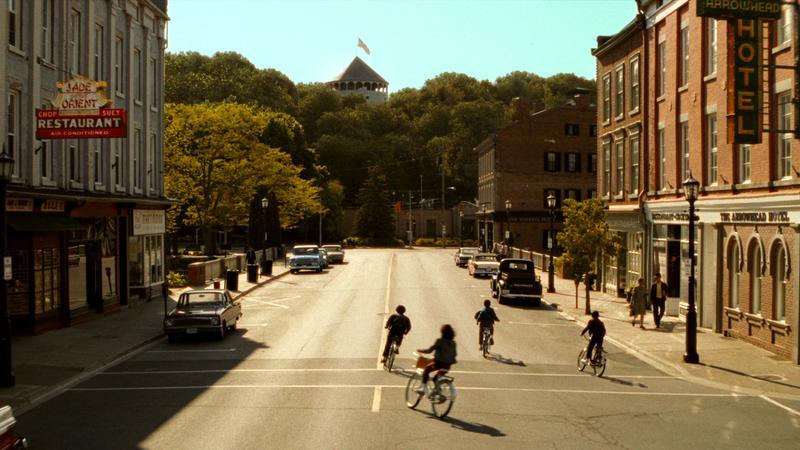
"I Don't Know If We Could Have Made This Into a Movie..."
- Question: "What did the television format allow you to do with It that you couldn't do in the films?"
Andy Muschietti: "Spending more time with your characters allows you to develop a closer emotional entanglement with the characters, and create a magnified dramatic experience. I think that's why we love series so much. I mean, we love movies and we are movie people. When we were kids growing up, TV wasn't as good as it is now. But over the few last years, we've seen like, fantastic television, because more money was put into it, more resources. For me, it was always 'Game of Thrones' [that proved] you can make TV like it's a movie. So we said, why not?
I don't know if we could have made this into a movie, given that, the first idea was let's go to the origin of [It]. But there's a lot of things in the book that have to be covered. You know, what about the interludes? How do the interludes connect to It and the origin of It. You're telling a story that goes backwards, and there's a reason for that. There's a lot of elements, and in two hours, you can't do any of that, so that's the reason why it was a good idea to make it into a series."
Brad Caleb Kane: "The long form television form, you can take your time with character. You can really delve into where those characters are coming from, what scares them, and then we can have this interdimensional being use those fears against them. So we wanted it to be a truly intense experience and a fast-moving experience, and just get people in an even harder way than the movies do.
1962 Opened up Scary New Opportunities for Pennywise in Welcome to Derry
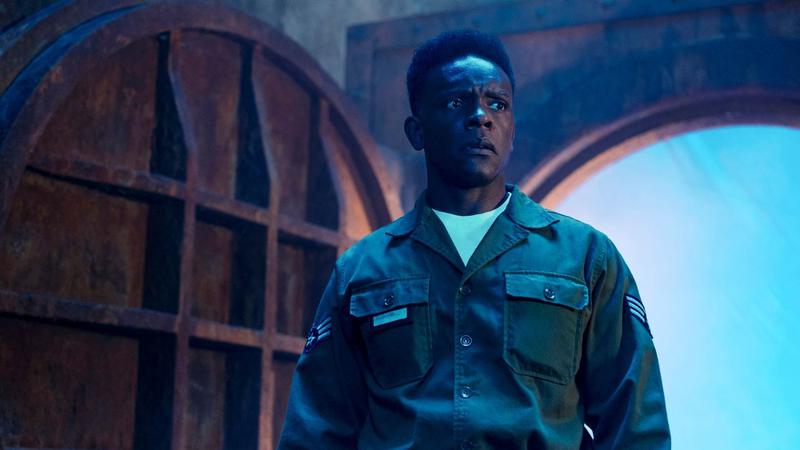
"2025 Is Also Scary, But [In 1962], It's Peak Fear"
- Question: "This show is set amongst the Cold War, which is very much a time of fear and paranoia in America. How did that time period influence how you approached your characters?"
Chris Chalk: "What influences about the time period is stripping away rights backwards. It's funny to be like, 'Oh, the world's bad.' We got a lot of privileges right now. Because if you go back to 1962 it's a lot less. It's a lot less freedoms. It's a lot less things you can say out loud, wear, do with your own body. And so these are all elements that we have to consider to create: what is the prison within which this person lives?
Geographically, America, 1962, everything matters. Everything matters. And there's so much fear. It's like, we think we're gonna get past the fear, but knowledge. I mean, 2025 is also scary, but at that time, it's like, peak fear. Which is cool for a scary show."
Kimberly Guerrero: "How would Pennywise shape shift to pull you in? And so for me, knowing that, in general, I'm always representing millions of people, indigenous people, that have been marginalized for so long, and right now, our current horror story is that we're fighting a plight of missing and murdered indigenous people. People are going missing every day, and they're not coming back, and we're trying to get their bodies back, and we can't find them. And it's so it's really like Derry on a massive scale. It's a real horror story. So everything, every scene, is seeded with a truth that's happening right now."
James Remar: "I think Pennywise generates this stuff and gets everybody scared, so he gets to feed. I feel like Pennywise is like one of the Aztec gods or something, the devourer of hearts, that unseen thing."
Jason Fuchs: "It's taking advantage of the time. The fears of that moment, the fears of, you know, the Cold War, nuclear fallout, radiation. We've got a sort of mutant-oriented sequence right at the top of the show that establishes this is a different generation of terror. There are different fears and different scares, and we're going to be exploiting those through these characters throughout the season."
Brad Caleb Kane: "We didn't shy away from the fear and the hatred and the stuff that It could exploit of the time, of that particular time in America. It would be very easy just to make this a show about sweet kids in the early 60s who get terrorized by It. You have another losers club, and they have to defeat it. But this is a creature that feeds and exploits fear and hatred. What are the fears and the hatreds of the time? Well, I think that's very, very clear in 1962 in America. And we did not want to shy away from that because it felt like it would be untrue."
Building to the Reveal of Pennywise
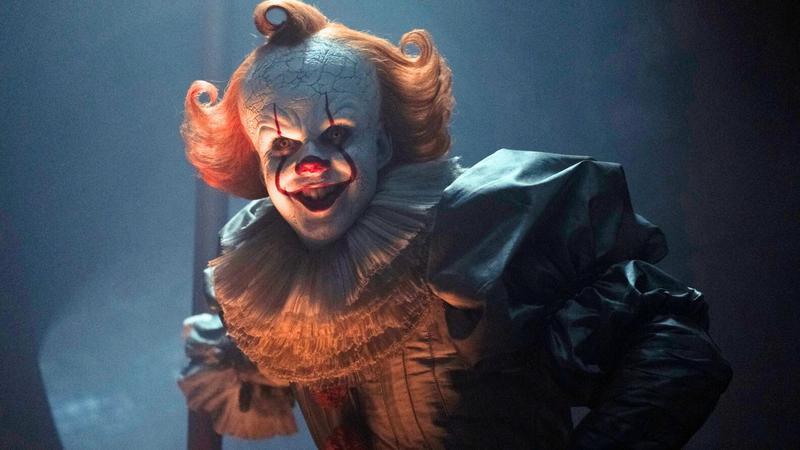
"I Think the Moment When You Finally See Pennywise... It's Pretty Rough."
- Question: "Is there anything in It: Welcome to Derry you're particularly proud of?"
Jason Fuchs: "I think I'm proud of the way that we built to the reveal of Pennywise. I think one of the questions we get more than any other is, when do we see Pennywise? How did you guys choose when to reveal Pennywise? I think we've sort of ratcheted up the tension to that moment... Pennywise comes in at just the right moment.
I think I'm most proud of the characters. I think you really care about this group of characters, both young and old. And it really not only is an emotional experience, it intensifies the scares you know in the films. And I love the films. The films in that space, you're talking about characters you've only known for 30 minutes or so by the time they've all encountered It. You're gonna have characters here who you've been with for four hours, four episodes, who still haven't had their encounter. So by the time you get to an experience with someone you spent four or so hours with, you understand them so well inside and out as a viewer that that fear, that scare, resonates so much deeper.
So I'm really proud of the character driven approach we took to building the show. I think the moment when you finally see Pennywise, the way Andy built to that, it's pretty rough."
Crafting Terrifying New Nightmare Encounters With It
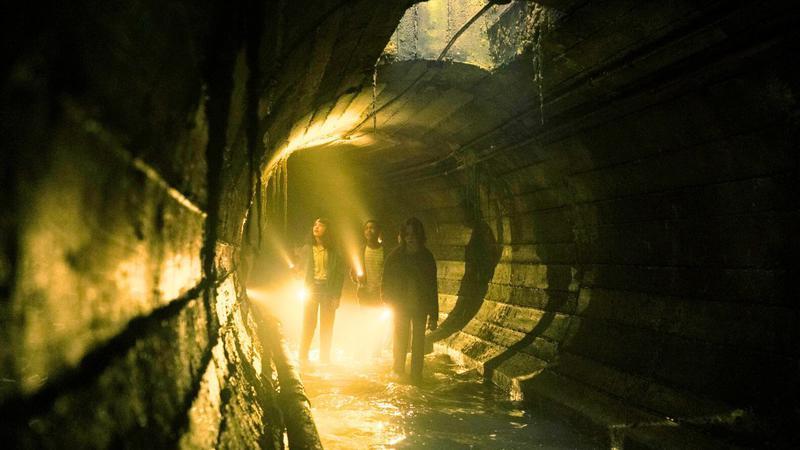
"We just Wanted to Take Things to the Absolute Extreme..."
- Question: "The nightmare sequences in Welcome to Derry are incredible. What was like to film/create those. What was practical versus what was visual effects on the day?"
Jovan Adepo: "They had a pretty decent balance. I mean, a lot of it obviously has to be CGI, because of the circumstances of filming, like in the tunnel. Most of the tunnel was practical, and they built it on a stage, and filled it up with water. It was actually a pretty large set. You could maybe not get lost, you could definitely swim in it, that's for sure. It was like, I'm six feet, it was chest high in certain parts of the tunnel. But a lot of the monster elements weren't super practical, just because we couldn't, they couldn't get wet, and there was a lot of things that they couldn't do. But it was a happy medium."
Taylour Paige: "But rarely was it a tennis ball or green screen. A lot of the set was built or we were physically on location. It's television, it's HBO, but also, it felt like a film."
Brad Caleb Kane: "I grew up in the golden age of the slasher flick, and I grew up watching movies with just the most demented and crazy kills. You know, movies like 'Phantasm 'and 'The Beast Within', 'The Brood'. You know, really goopy body horror. I love that kind of stuff. And you see those in the movies, but because we have no rating system on TV, we just wanted to take those things to the absolute extreme. When you're dealing with, you know, generational trauma, which we try to do, epigenetic trauma, which we try to do, you can take the the children's fears and really take them to the nth degree."
What Is the Future of It: Welcome to Derry?
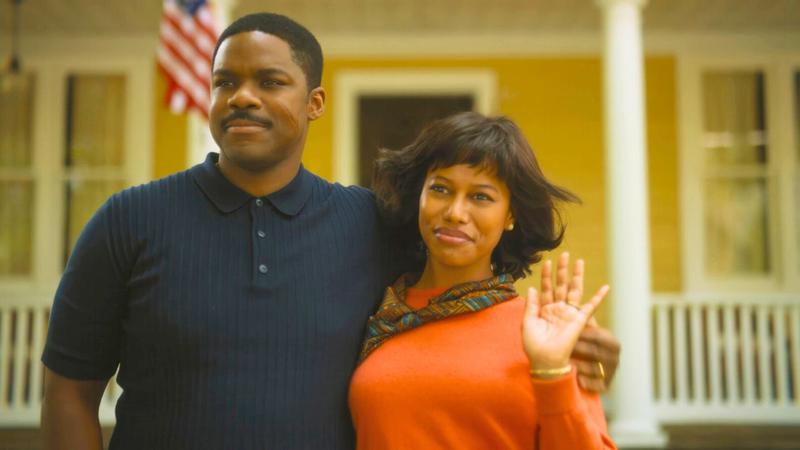
"At the End of Season 1 You Will Get a Hint of Where We're Going..."
Andy Muschietti: "I think when we presented the idea of creating a story that not only ties to the events that were in the book, but they go towards a new resolution, something that we don't expect either, because it's found somewhere else.
I think it doesn't matter that It dies at the end, because nothing in Derry is actually what it seems. So, you know, there might be something in the past that makes you recalibrate the idea that It has died in 2016. It' a mystery. That's the long arc of the series, but at the end of Season 1 you will get a hint of where we're going backwards."
It: Welcome to Derry premieres on HBO Max on October 26, 2025.












